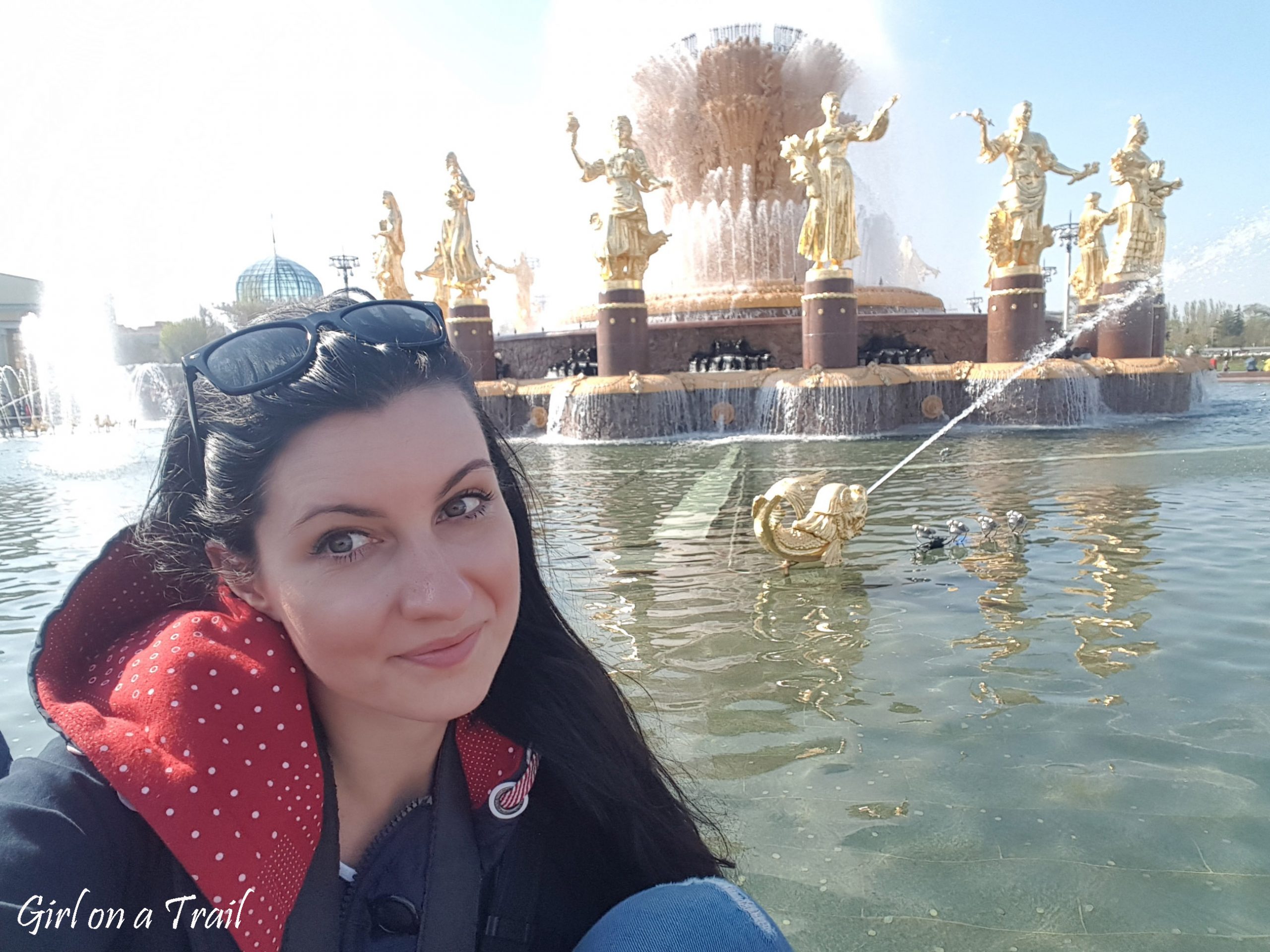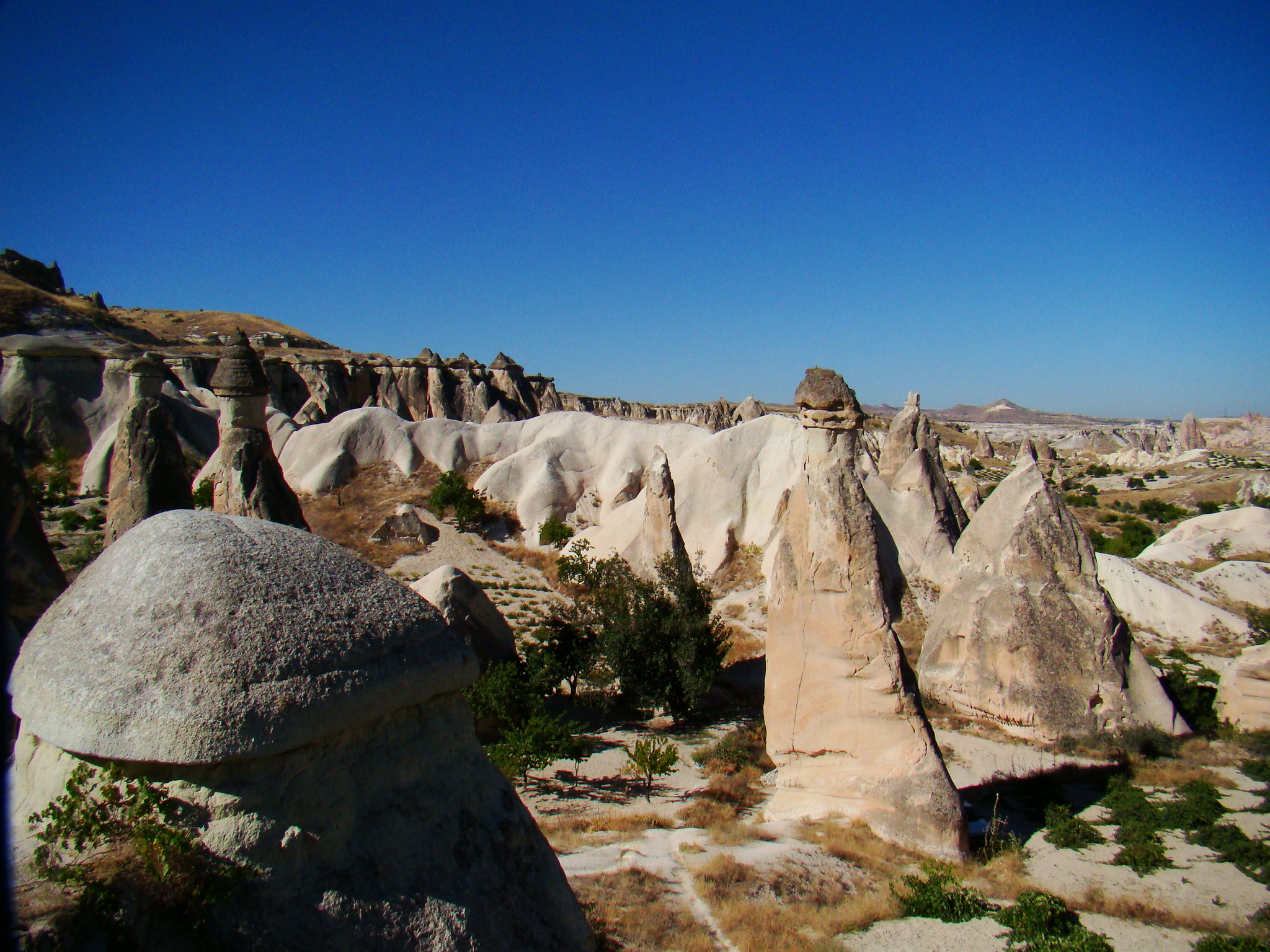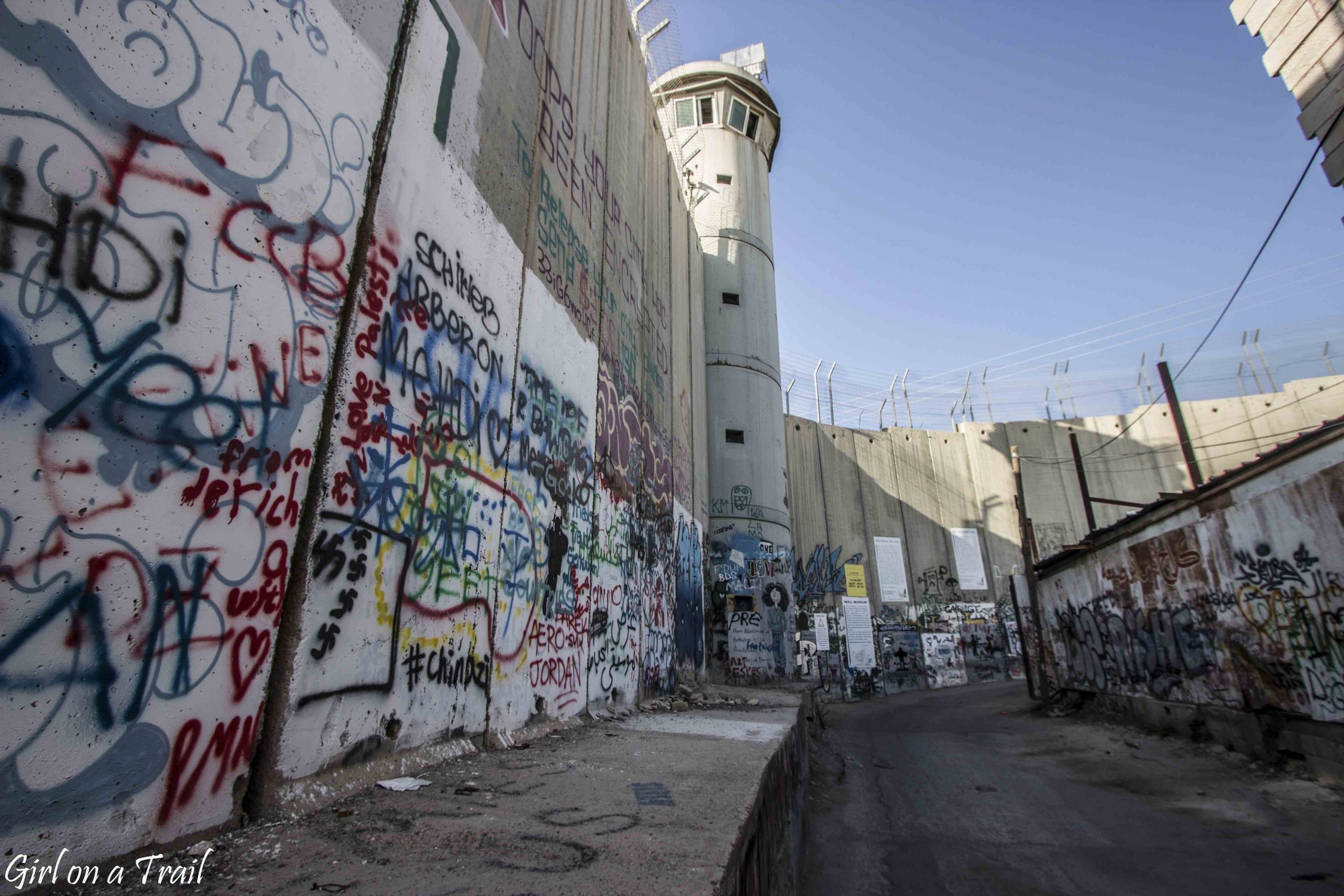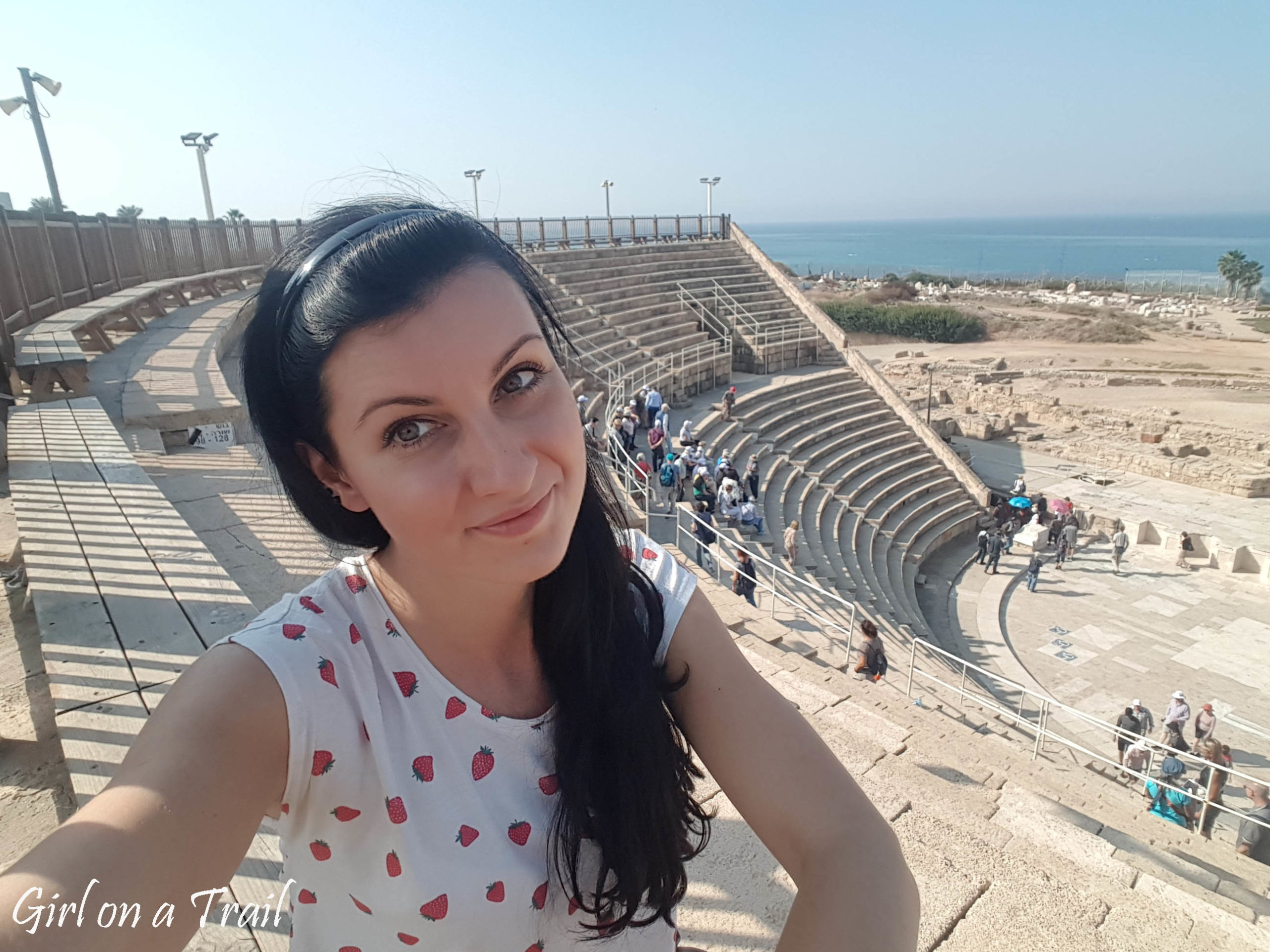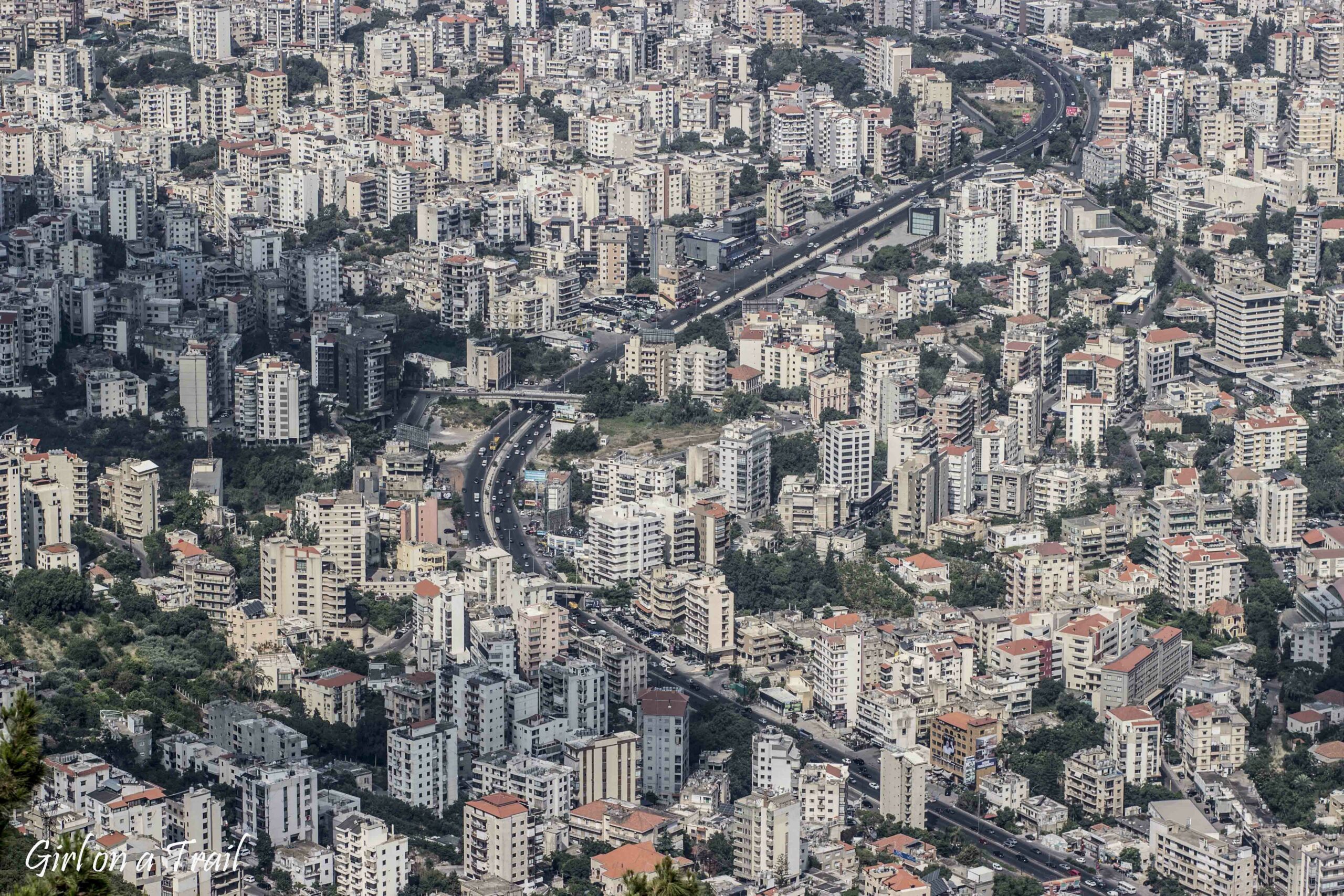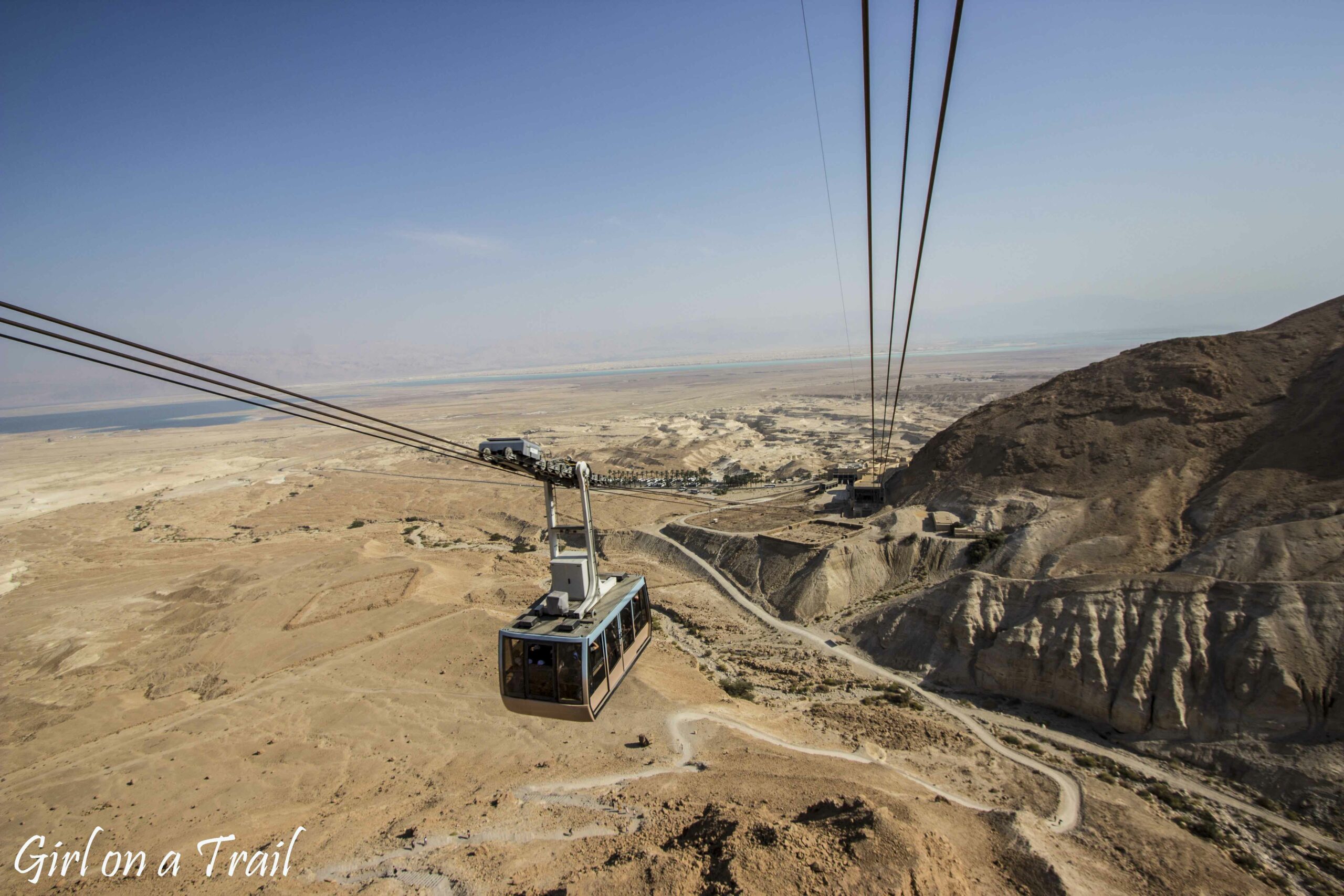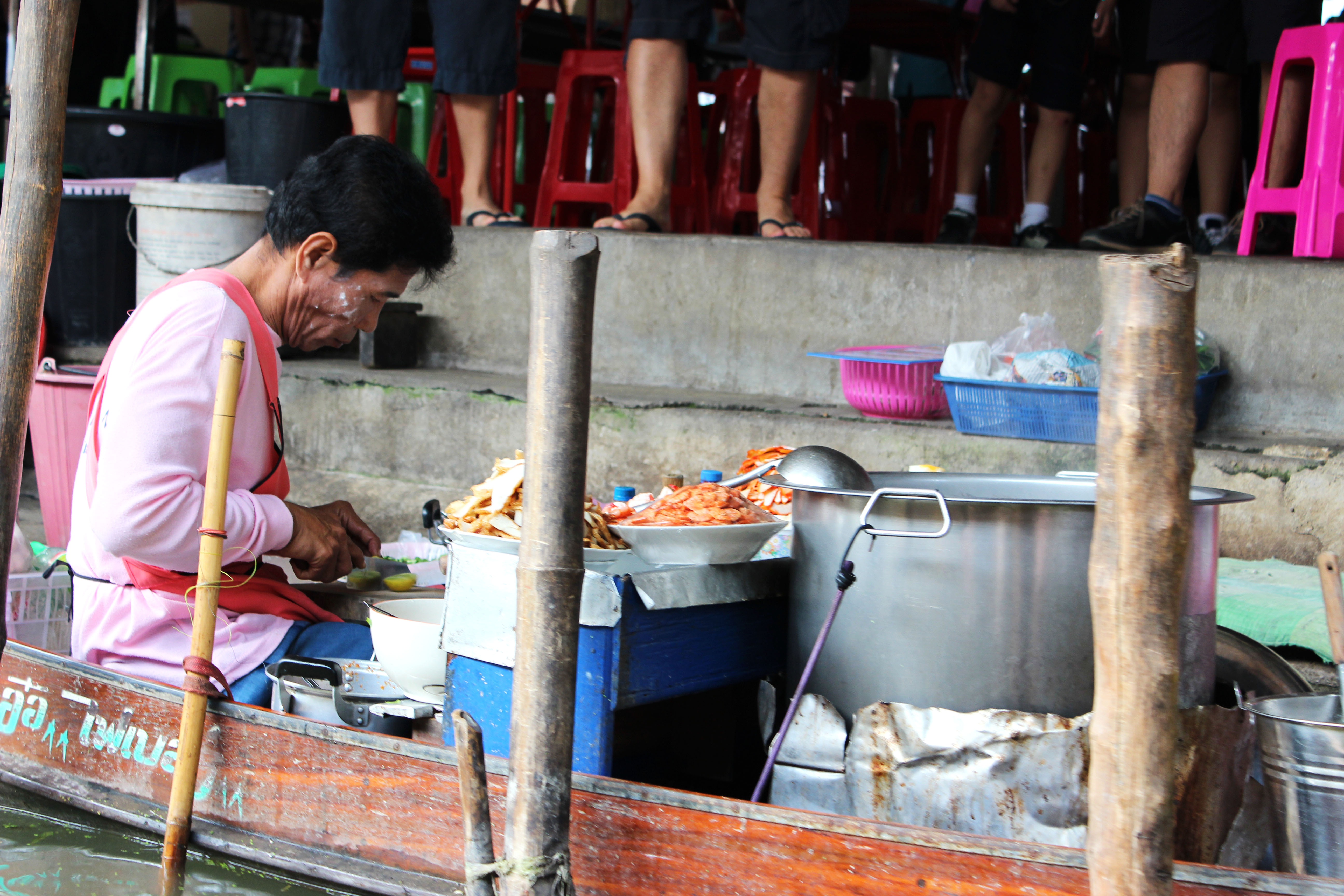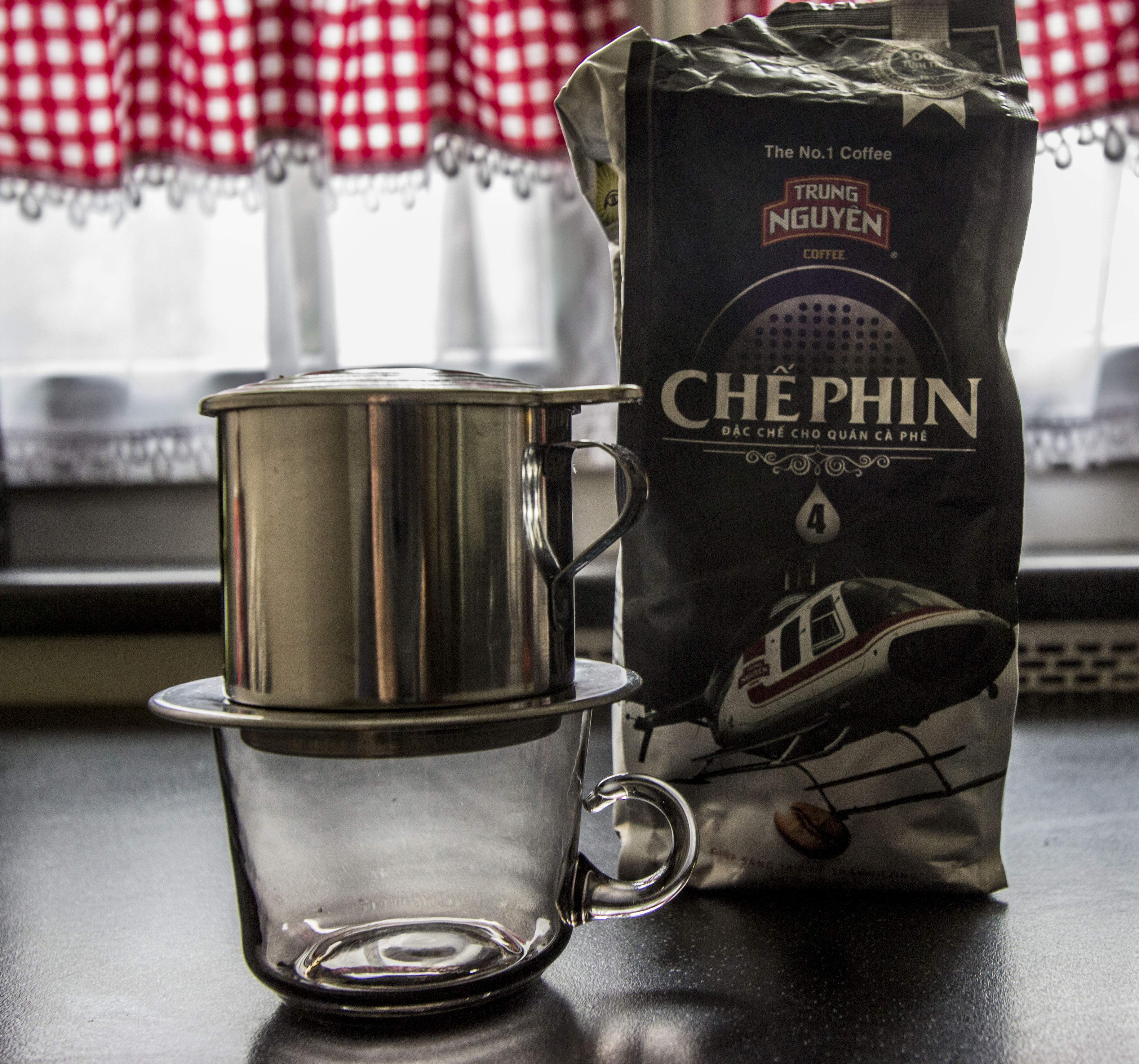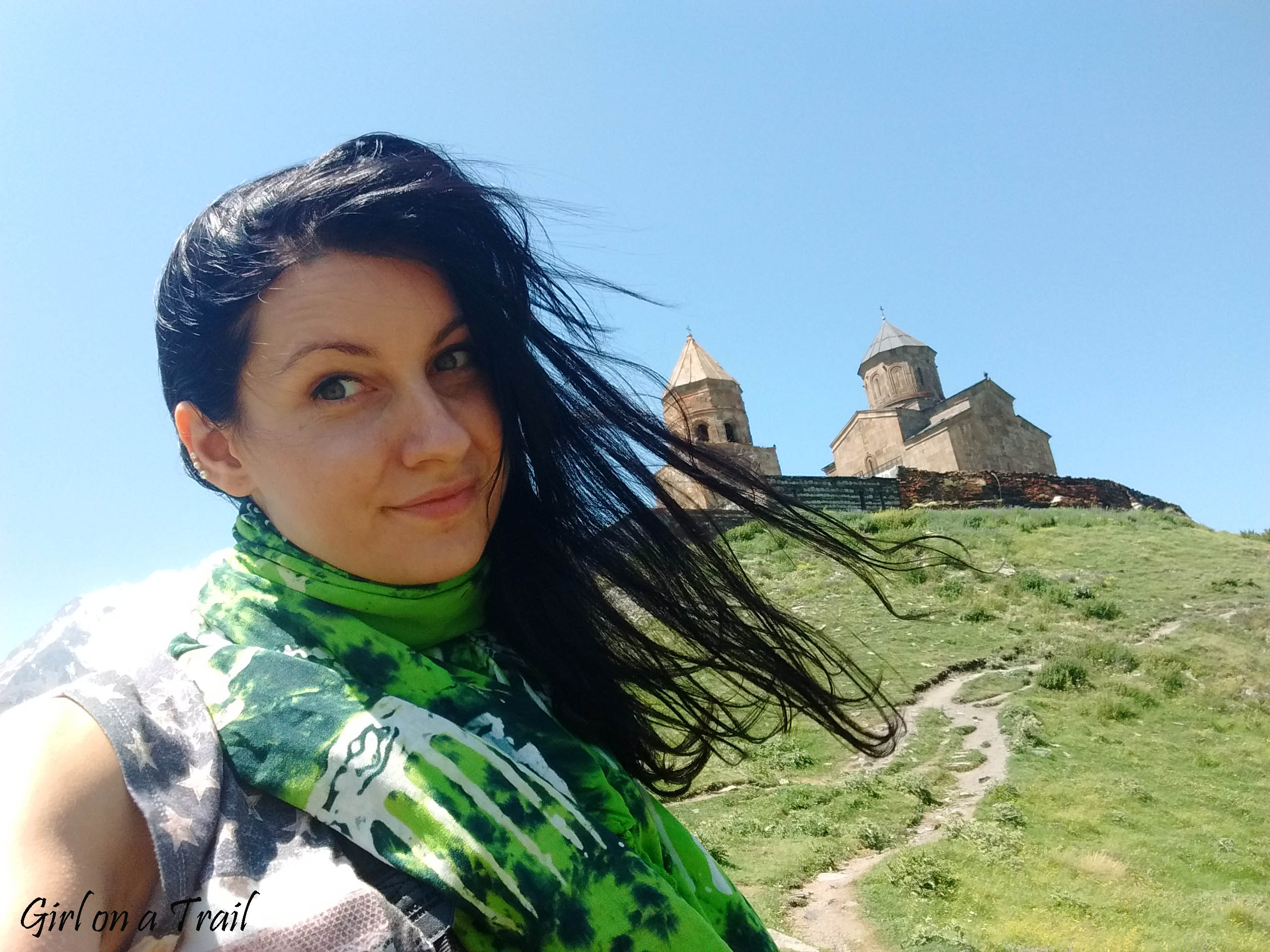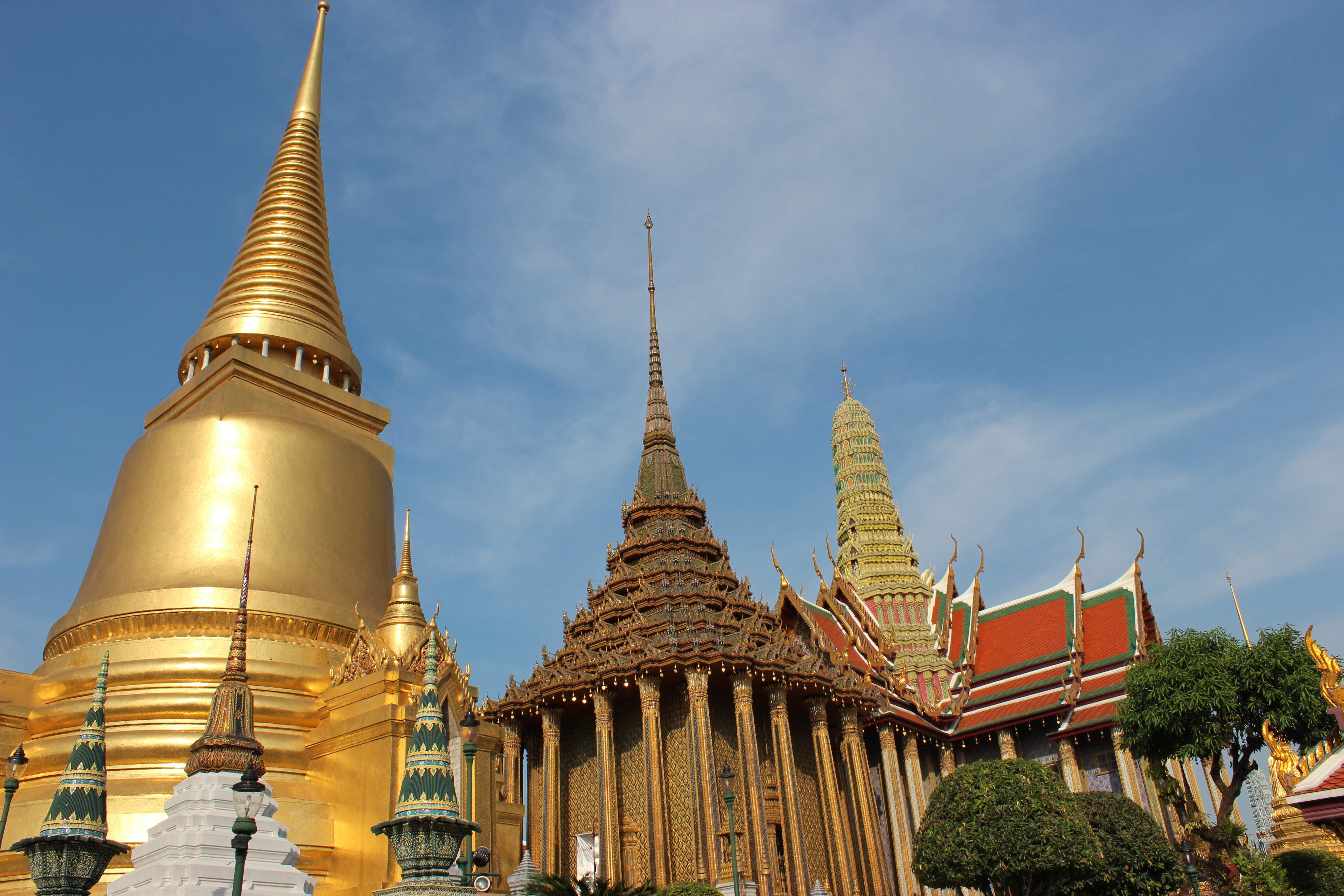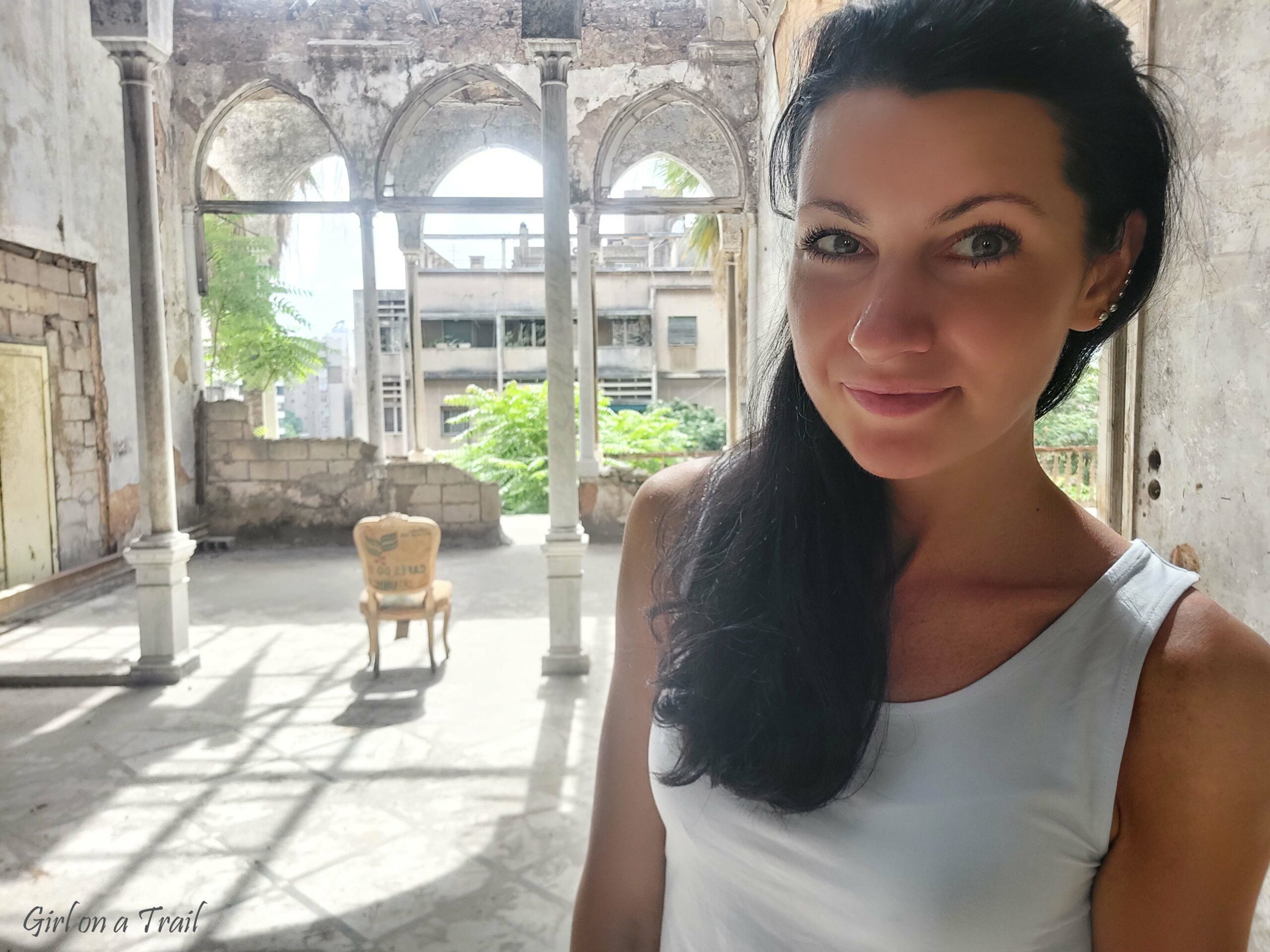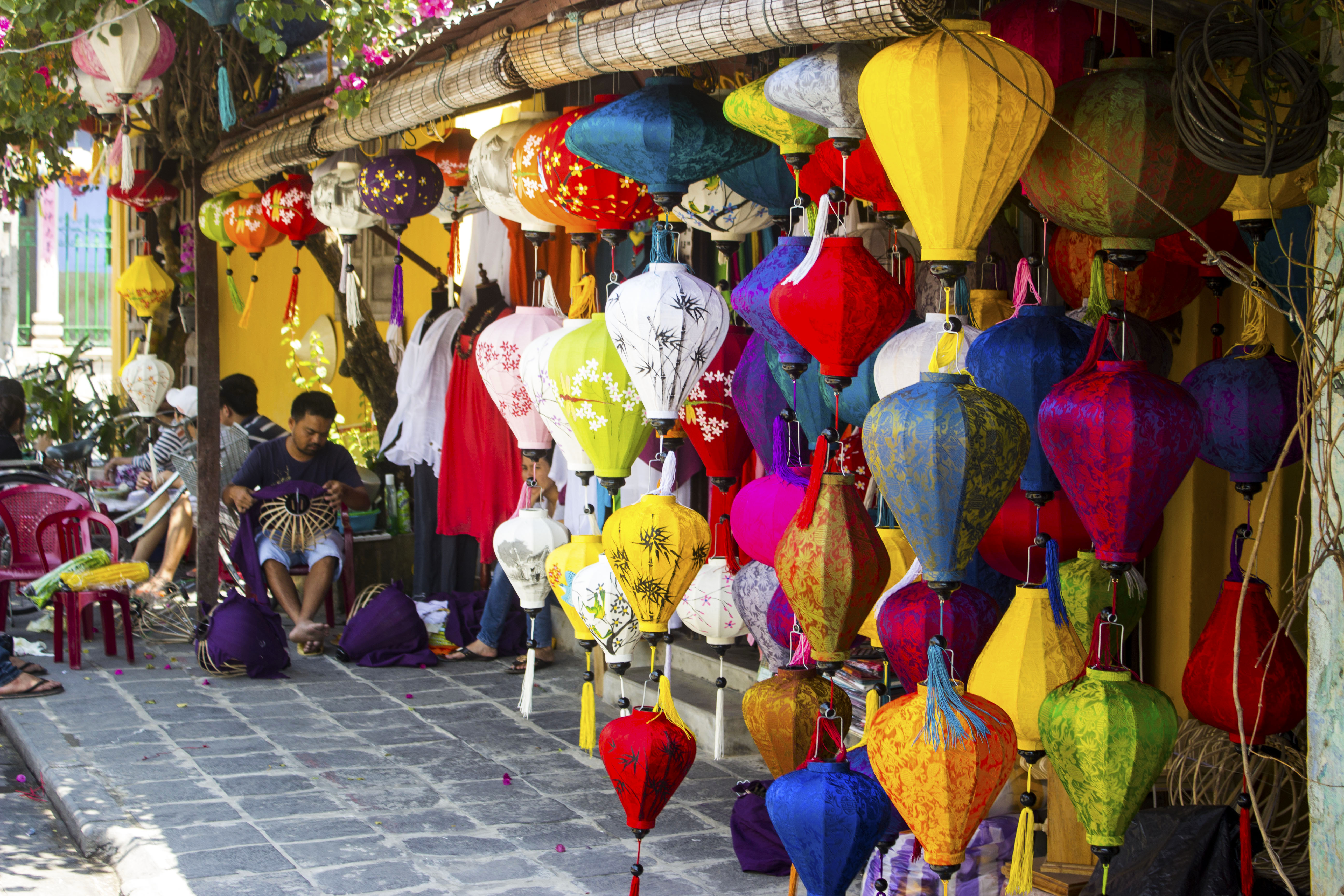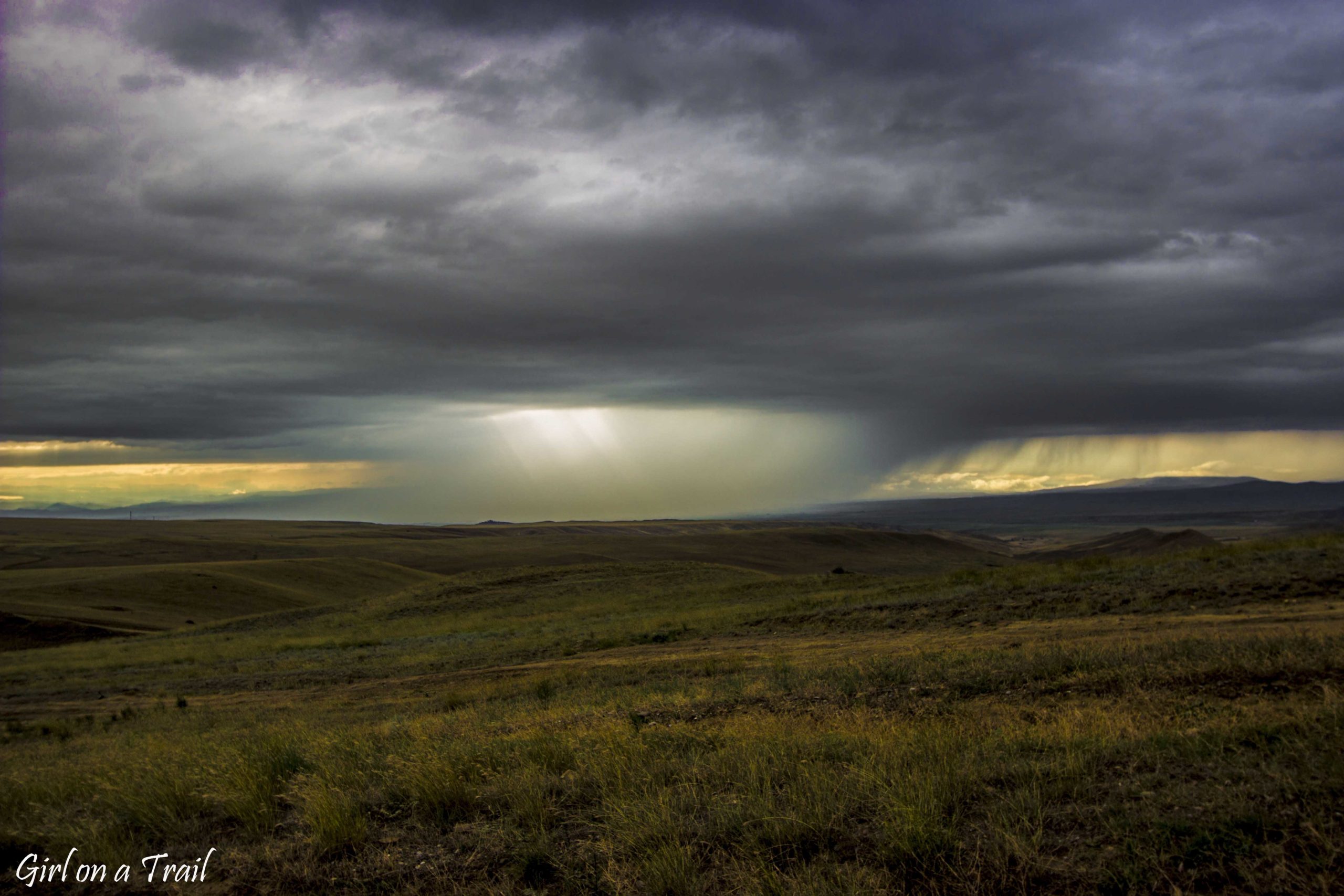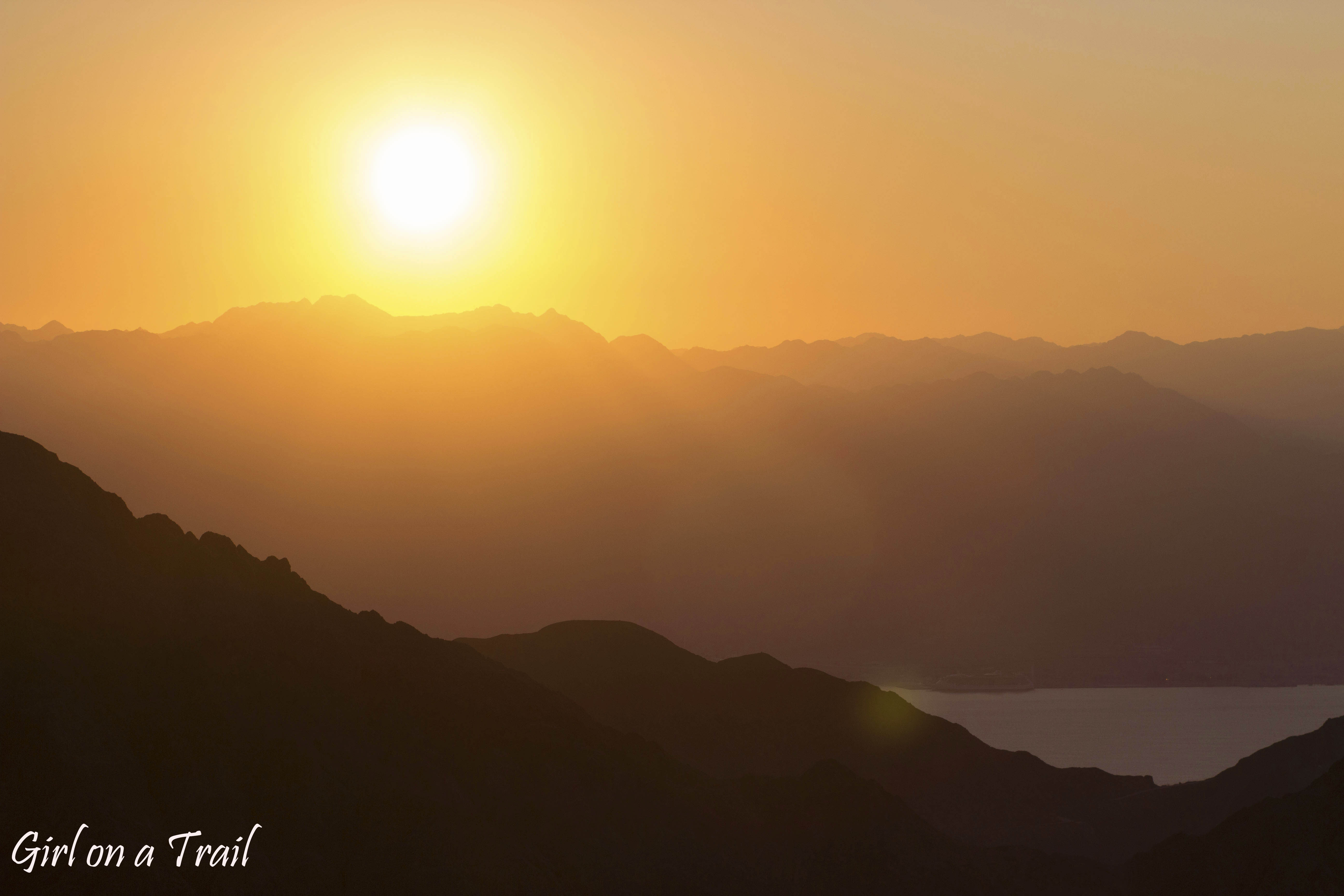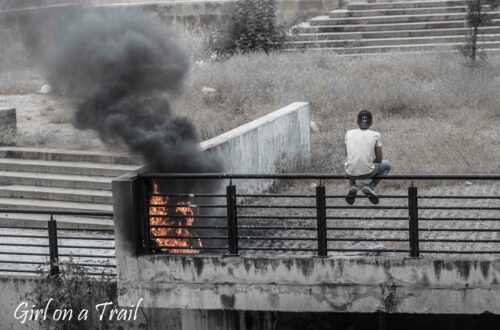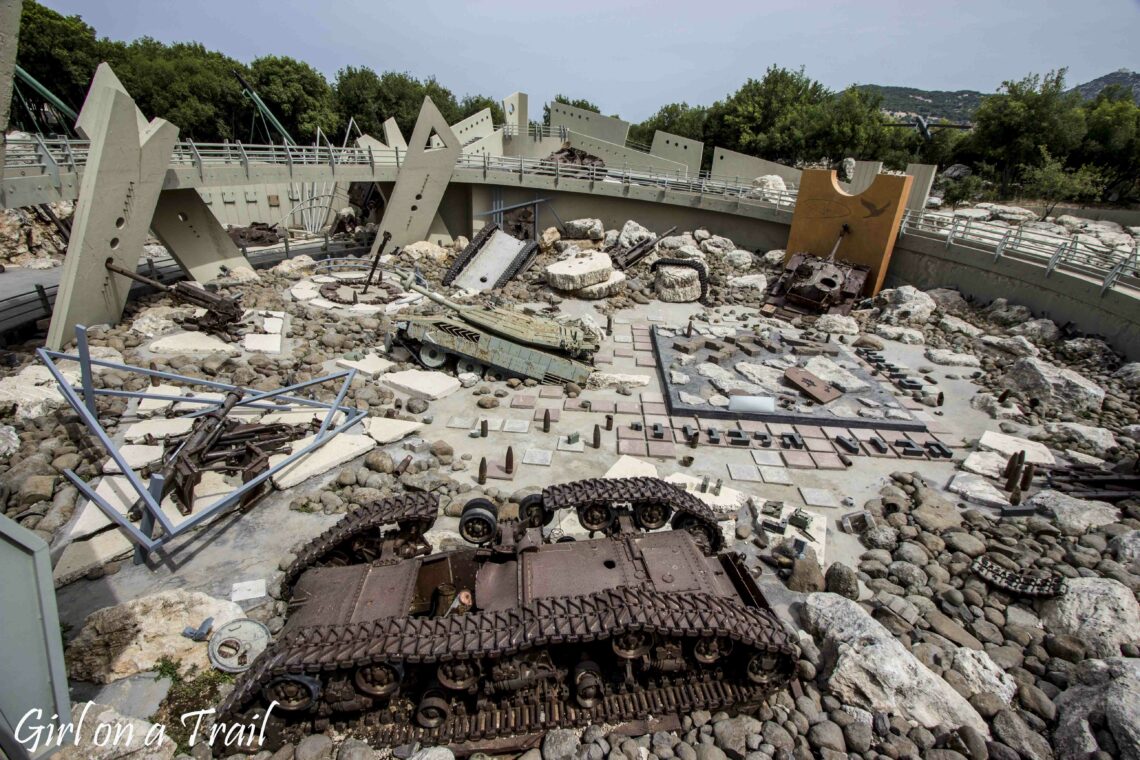
Hezbollah’s Disneyland – where “the land speaks to the heaven”…
Hezbollah’s Disneyland – the Tourist Landmark of the Resistance, created by Hezbollah, is located right next to the village of Mleeta in southern Lebanon, about 50 km from the border with Palestine. The museum was opened on May 25th 2010, on the 10th anniversary of Israel’s withdrawal from southern Lebanon. The road to Hezbollah’s Disneyland, as this place is commonly called, leads through picturesque mountainous areas. Along the way, you pass numerous checkpoints that clearly indicate who manages the territory of southern Lebanon. By no means is it a government with the Lebanese Army…
Hezbollah, or the Party of God, was founded during the Lebanese civil war. The beginnings of its formation began earlier and were related to the dissatisfaction of the Shiite part of the Lebanese society in connection with the division of power in this country. Officially, Hezbollah was created in 1982 in connection with Israel’s invasion of Lebanon. Israel entered Lebanon in 1978 and invaded Lebanon in 1982, occupying a large part of its territory, including Beirut. Created here the so-called security belt – a military zone that covered 650 km².
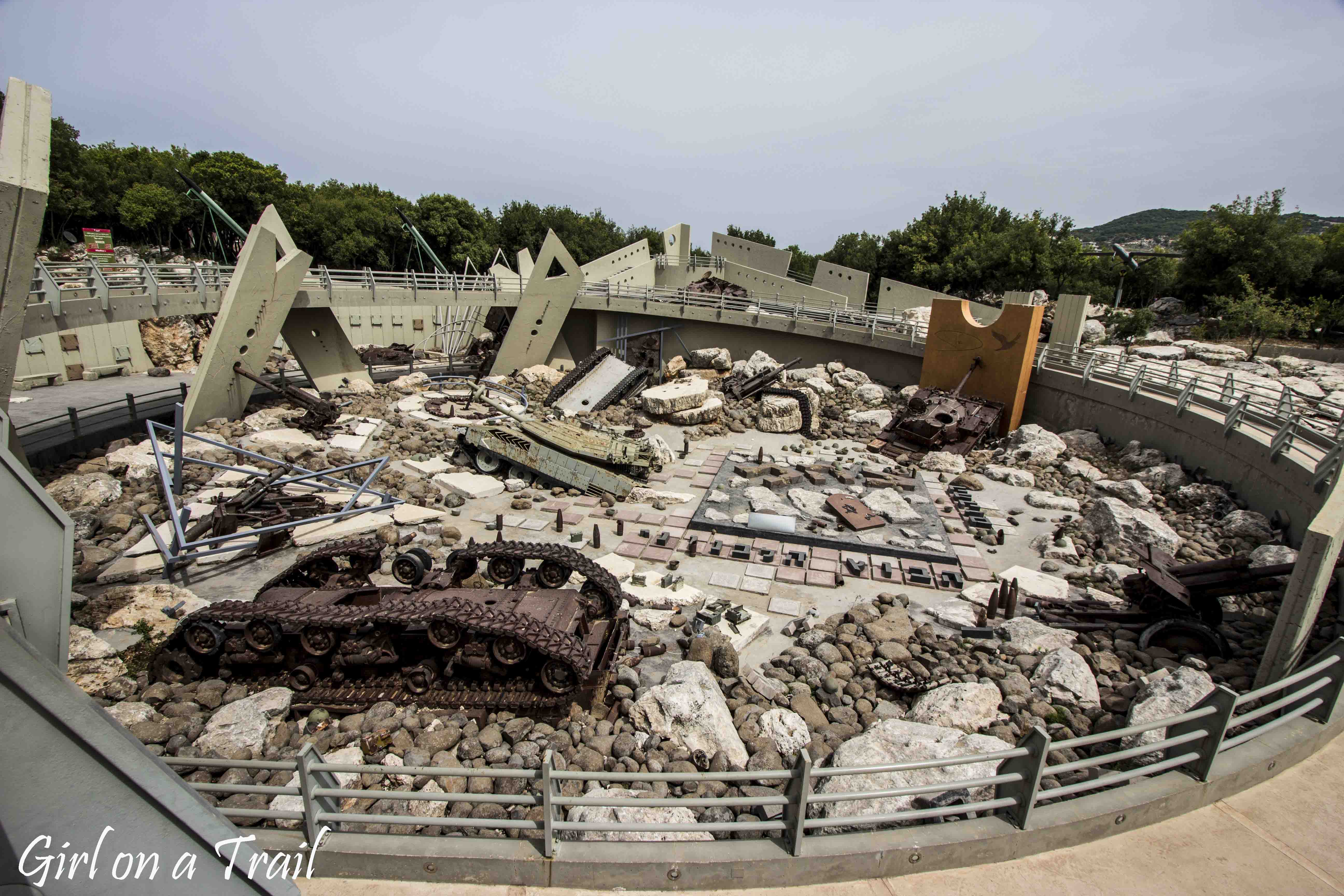
A large share in the creation of Hezbollah is attributed to Iran. The Party of God quickly gained fame as a radical organization, carrying out terrorist attacks also outside Lebanon. After the withdrawal of Israel, Hezbollah focused more on political and social activities. It also coincided with Israel’s assassination of radical Hezbollah leader Abbas al-Musawi in 1992. The more liberal Hassan Nasrallah became the new leader. Since then, Hezbollah began to participate actively in public life. However, over time it became something like a state within a state. In fact, it can be said that it controls and administers the territory of southern Lebanon. In the Western media, Hezbollah is mainly associated with terrorist activities, but few people know that in southern Lebanon this organization enjoys great respect and recognition. It has its own media, hospitals and finances education. It provides aid to the poorest, organizes scholarship programs for Shia students and conducts minefield clearance – remnants of the conflict with Israel. Not to mention that Hezbollah also forms a political party with a presence in the Lebanese parliament. However, this doesn’t mean that it has completely stopped military activity.
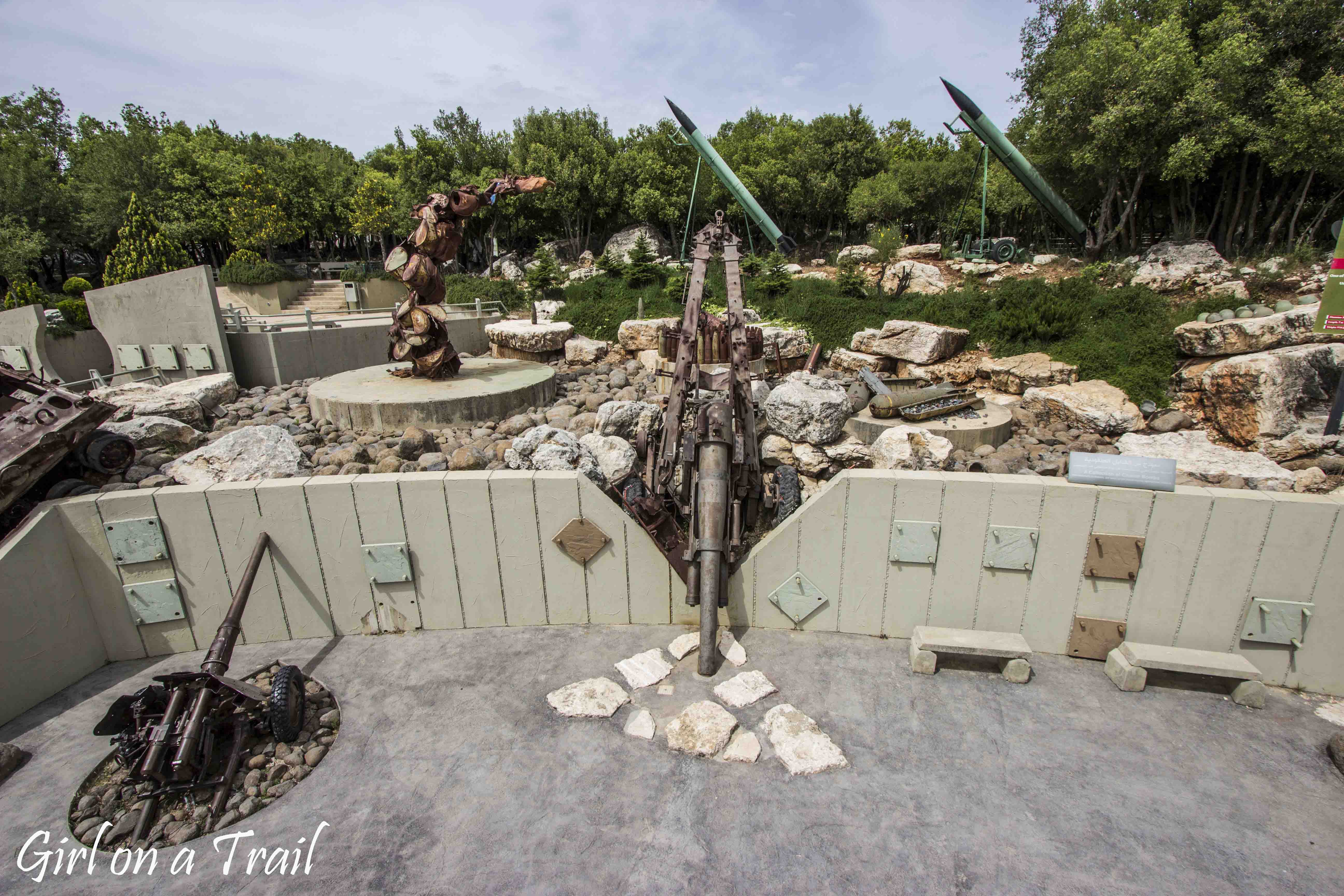
Israel’s withdrawal deprived the organization of an argument for further military action. However, in order to justify having armed militias and attacking Israel, the Party of God claims the right to so-called Farm Chebaa located in the territory of Israel. Along the so-called Blue Line – a demilitarized zone created by UN troops – UNIFIL, Hezbollah creates a system of observation points. They are usually located right next to UN checkpoints, which prevents Israel from firing at them. However, this location allows Hezbollah regular rocket attacks on Israel. Moreover, weak Lebanese state structures have no opportunities to limit Hezbollah’s activities and control the territory taken by this organization.

The place I came to, The Tourist Landmark of the Resistance, was the center of Hezbollah’s sabotage operations against Israel in the years 1985-2000. After paying the entrance fee, which cost around $3, I was greeted by a guide who took me straight to the cinema hall. The 12-minute film, maintained in a pathetic tone, depicts Hezbollah’s heroic struggle against the occupier. The film is complemented by statements by the leader of Hezbollah – Hassan Nasrallah, emphasizing the heroism and dedication of the fighters in the battle against the Zionist invader.
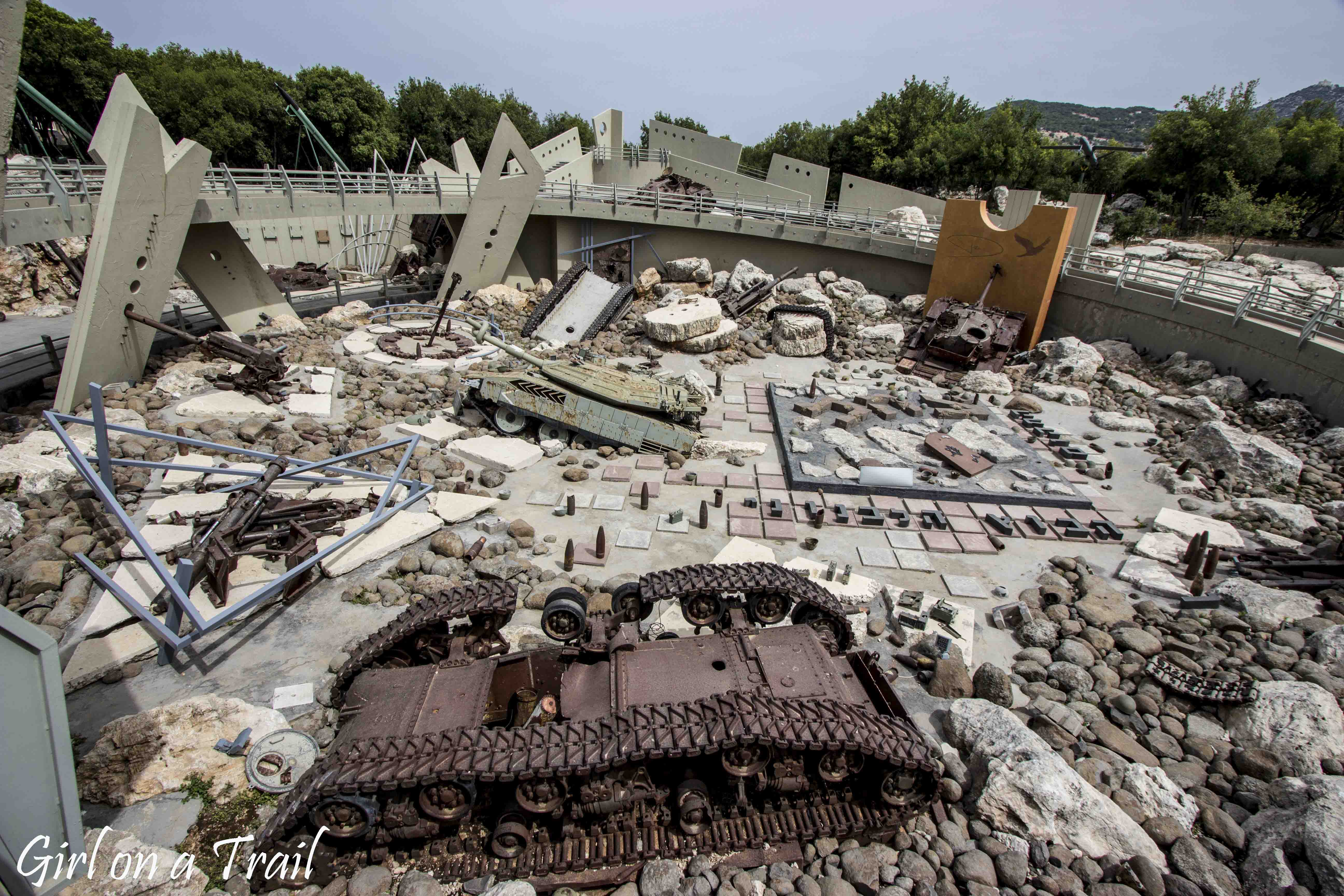
The next point of the visit is the exhibition presenting weapons and equipment seized from Israel or, following the guide’s words, abandoned by the Israeli army during the hasty evacuation of the troops. There are posters of Israeli leaders: Shimon Peres and Ariel Sharon, along with fragments of their speeches, expressing surprise in the face of defeat.
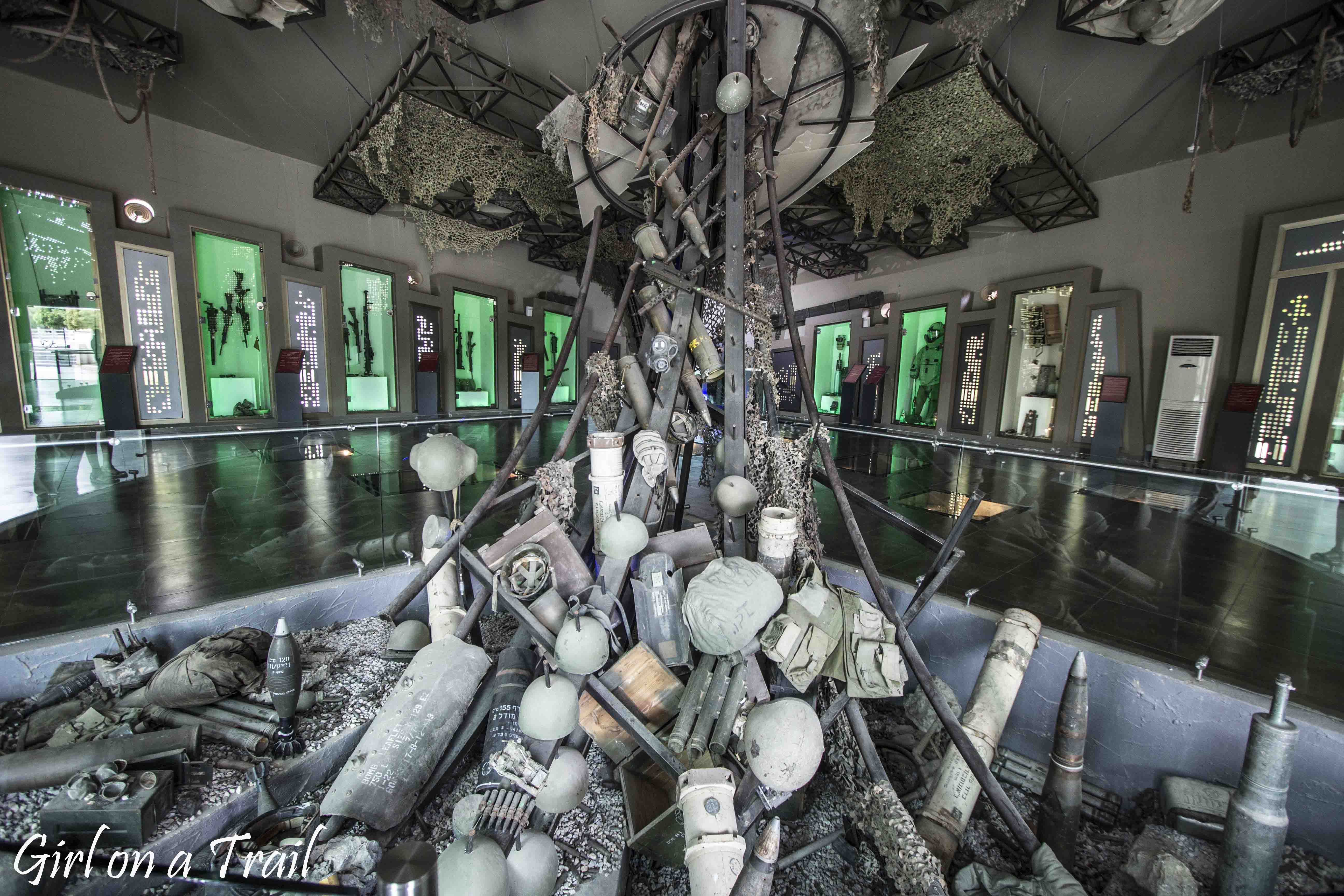
The exhibition presents also cluster bombs used by Israel. Cluster bombs are a type of munitions containing from a few to several hundred smaller submunitions that are dispersed during the explosion. Many of these small submunitions do not explode immediately upon impact, but become land mines, posing a major threat to civilians. During the second attack on Lebanon in 2006, it’s estimated that Israel used more than 4 million US-made bombs of this type. To imagine the scale of this project, it’s worth adding that the area of Lebanon is about 30 times smaller than Poland. The use of these bombs by Israel has been condemned by human rights organizations. On 30 May 2008, the Convention on Cluster Munitions (CCM) was signed in Dublin. Israel did not become its signatory, neither did Poland, the USA, Russia or China. The Hezbollah guide stressed that although many years had passed since the Israeli attack on Lebanon, Israel had not yet provided maps with the location of the areas where cluster munitions had been used. These bombs still pose a great threat to the local population.

The guide emphasized the defensive role of Hezbollah in the fight against Israel, which in his opinion was limited only to repelling the attack. He also pointed the sole merit of Hezbollah in driving Israel out of Lebanese territory. Indeed, Israel’s withdrawal was particularly surprising given the sophistication of the Israeli army and the effectiveness of its intelligence. However, Hezbollah is one of the most secretive organizations. It is based mainly on a clan structure, its members are bound by family and religious ties. For this reason, it is so difficult to compromise it. It’s also difficult to fight with it because it has no war bases or specific types of troops. Its military apparatus is represented by strategically located cells, which allows keep them in secrecy.

During the conversation with the guide, I couldn’t help raising the issue of Hezbollah’s perception as a terrorist organization. The European Union and Middle Eastern countries such as Bahrain, Kuwait, Oman, Qatar, Saudi Arabia and the United Arab Emirates, consider the military wing of Hezbollah a terrorist organization, not to mention the US, which refers to the entire Party of God. According to the guide, if not for the martyrdom of many people, Israel would never have withdrawn from Lebanon. He stated that this was the last option towards independence and emphasizing that Hezbollah is not a terrorist organization. According to him, it consists of many educated people helping the country and involved in its reconstruction. After seeing the exhibition, we went to the main point of the museum, the so-called “Abyss” “The Abyss” is an artistic presentation of the defeat of the Israeli army. It looks like a graveyard of military equipment. Particularly meaningful is the sight of the Merkava tank with the barrel symbolically tied in a knot.

On the other side, you can see a tank covered with a cobweb-shaped net. This art installation is a reference to Hassan Nasrallah’s speech after Israel’s withdrawal, in which he described Israel as “more fragile than the spider web”.
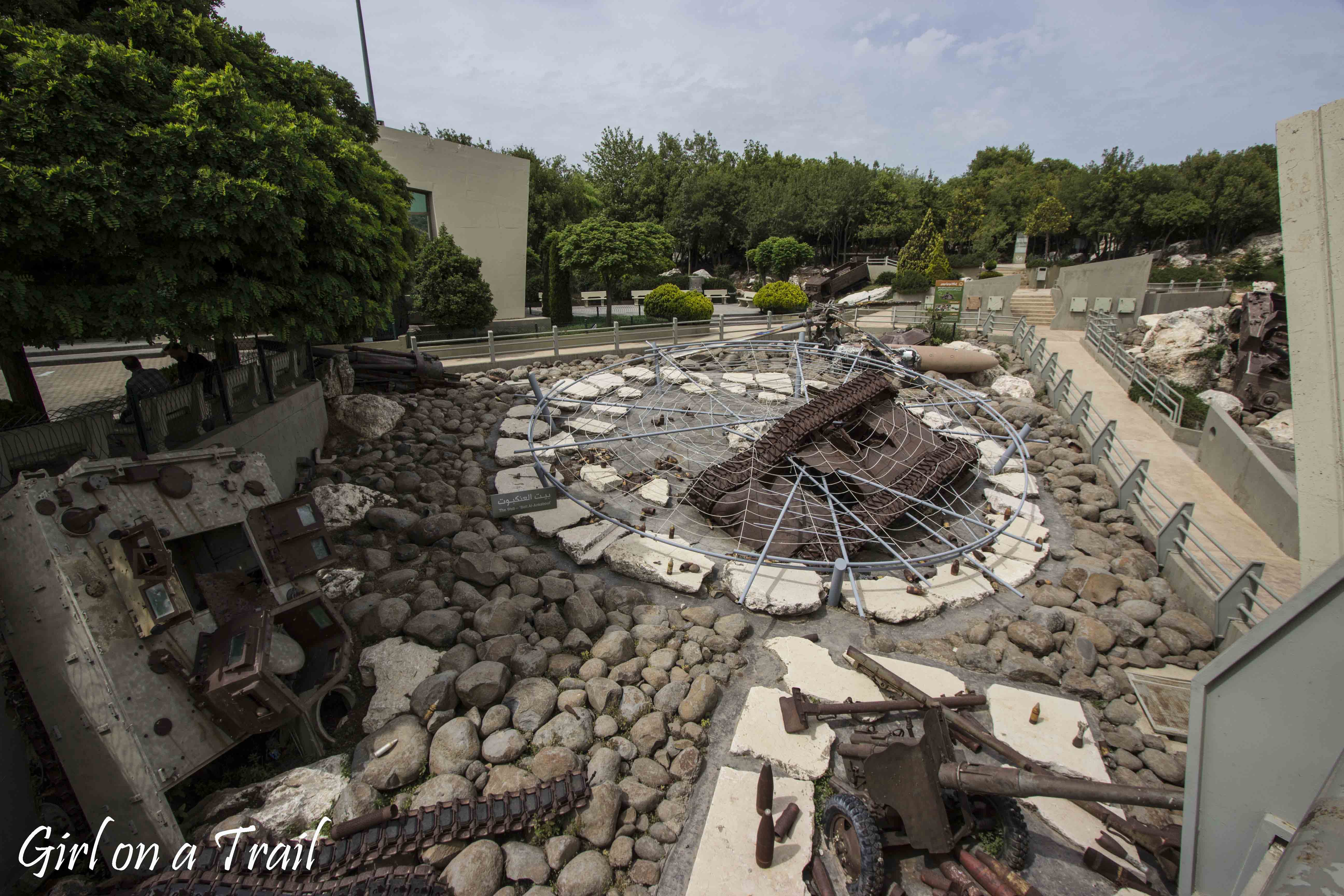
In the nearby forest there’s an exhibition presenting the guerrilla warfare of Hezbollah. Here you can see: Katyusha missile launchers, US TOW anti-tank missiles acquired by Hezbollah in exchange for the release of American hostages, this “deal” was later revealed as Iran-Contra affair. Another interesting thing is an artificial boulder used to hide bomb-traps.
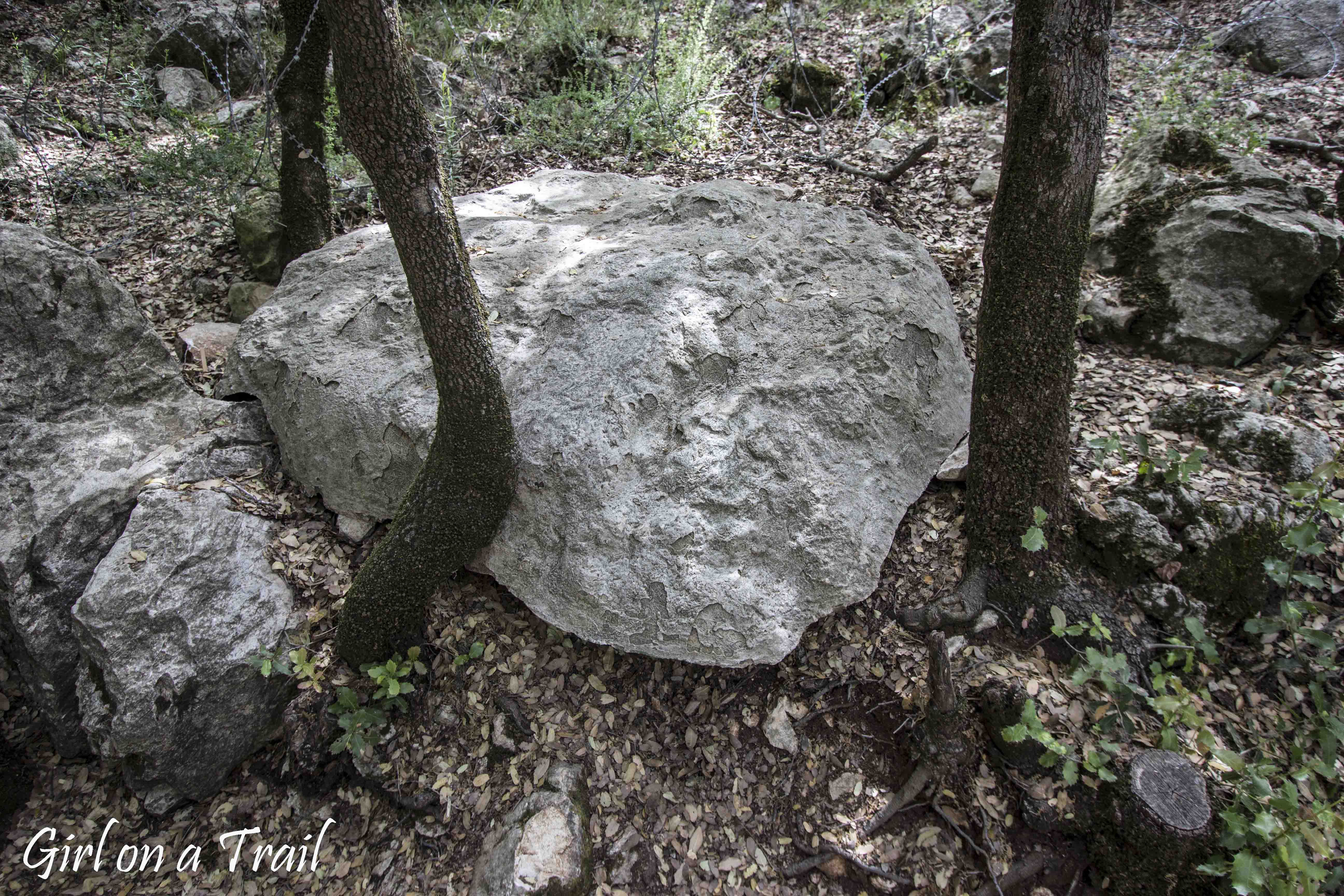
There’s also a bunker used during the 2006 war as a Hezbollah command center and shelter for members of this organization. It had running water and electricity. Inside there was a kitchen, power generators, sleeping quarters.
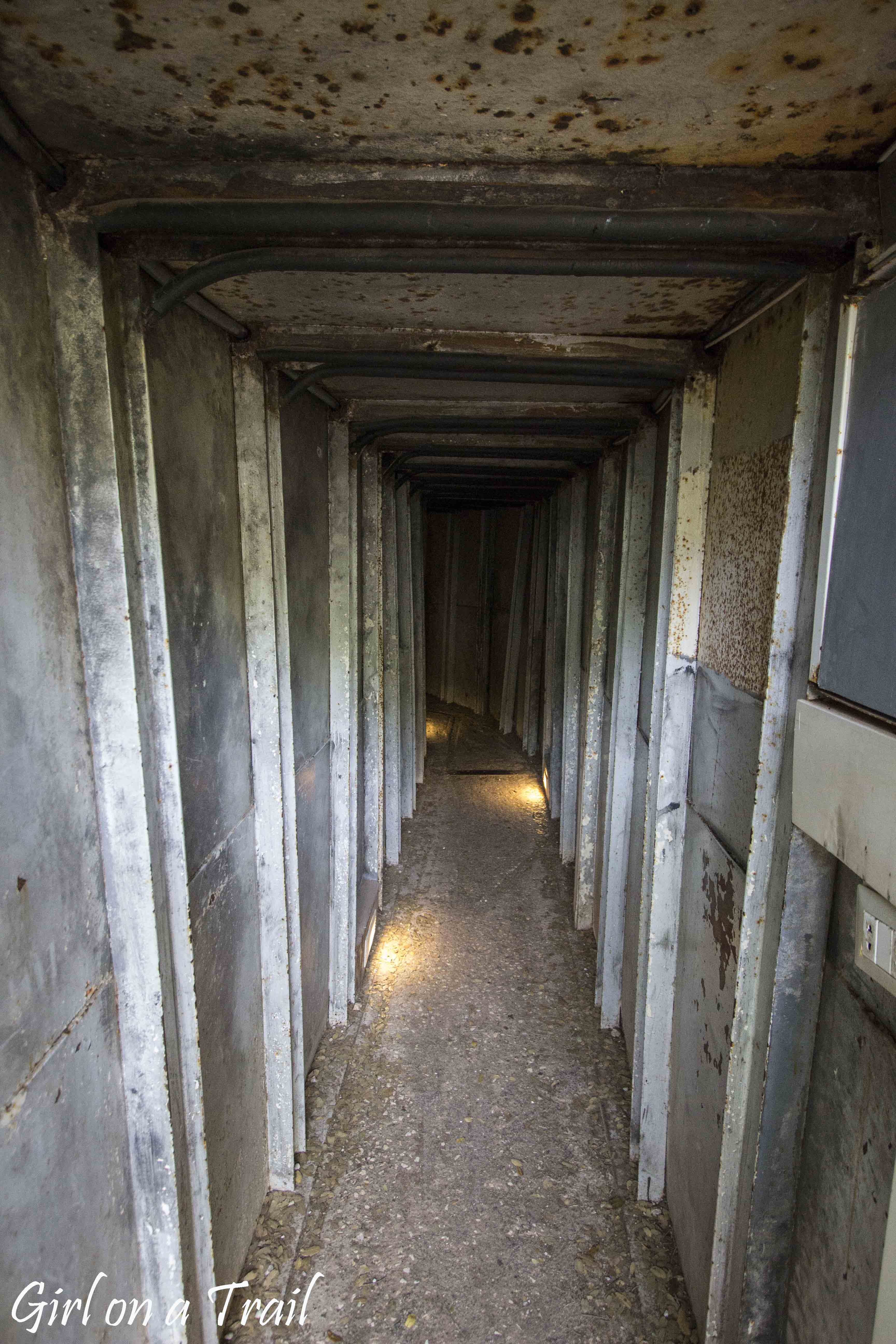
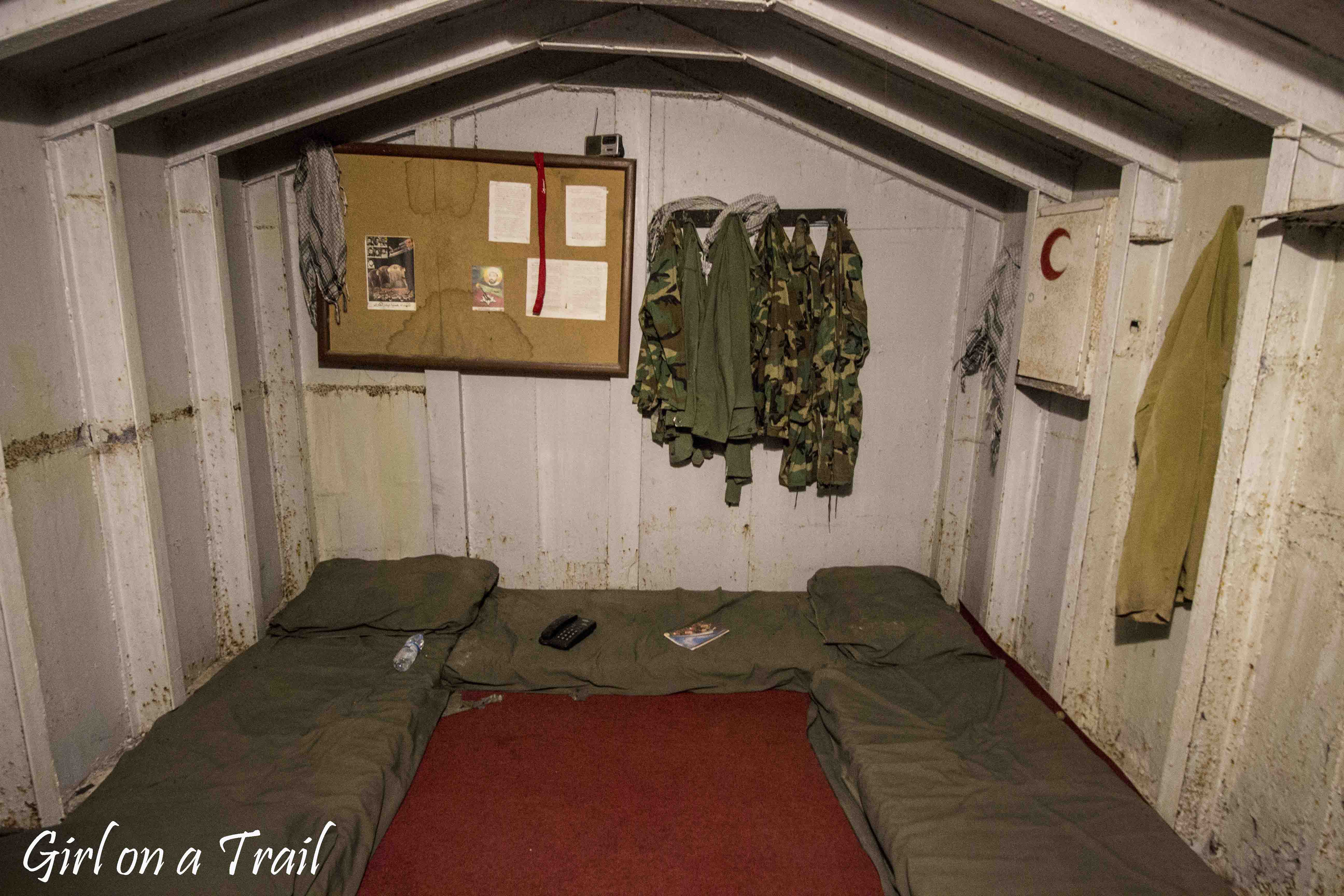
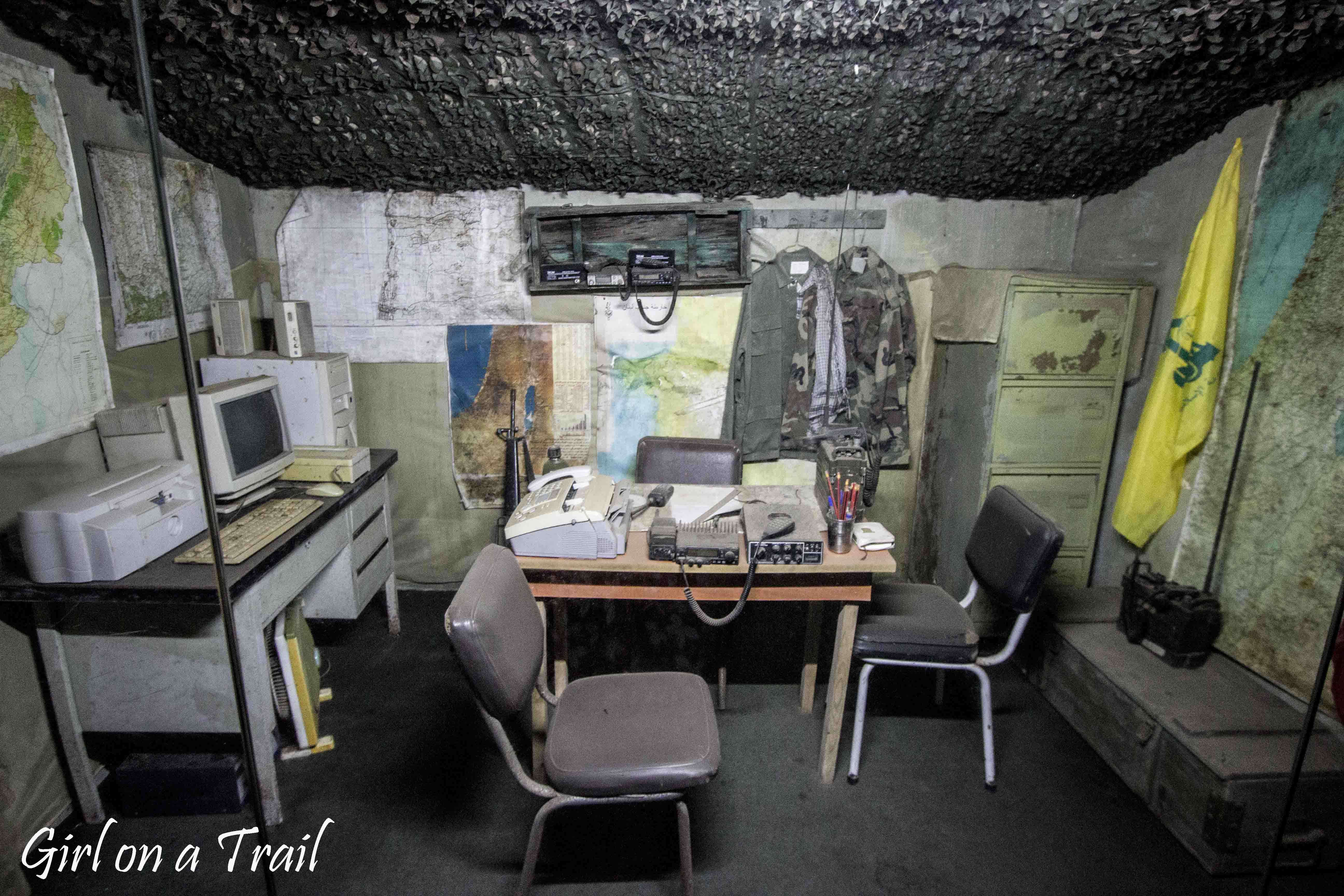
The last point of the tour is the hill, which offers a view of the museum and the surrounding area. The hill is to symbolize the martyrdom of the fighters and the final victory of Hezbollah over the occupier. This is where the Land speaks to Heavens.
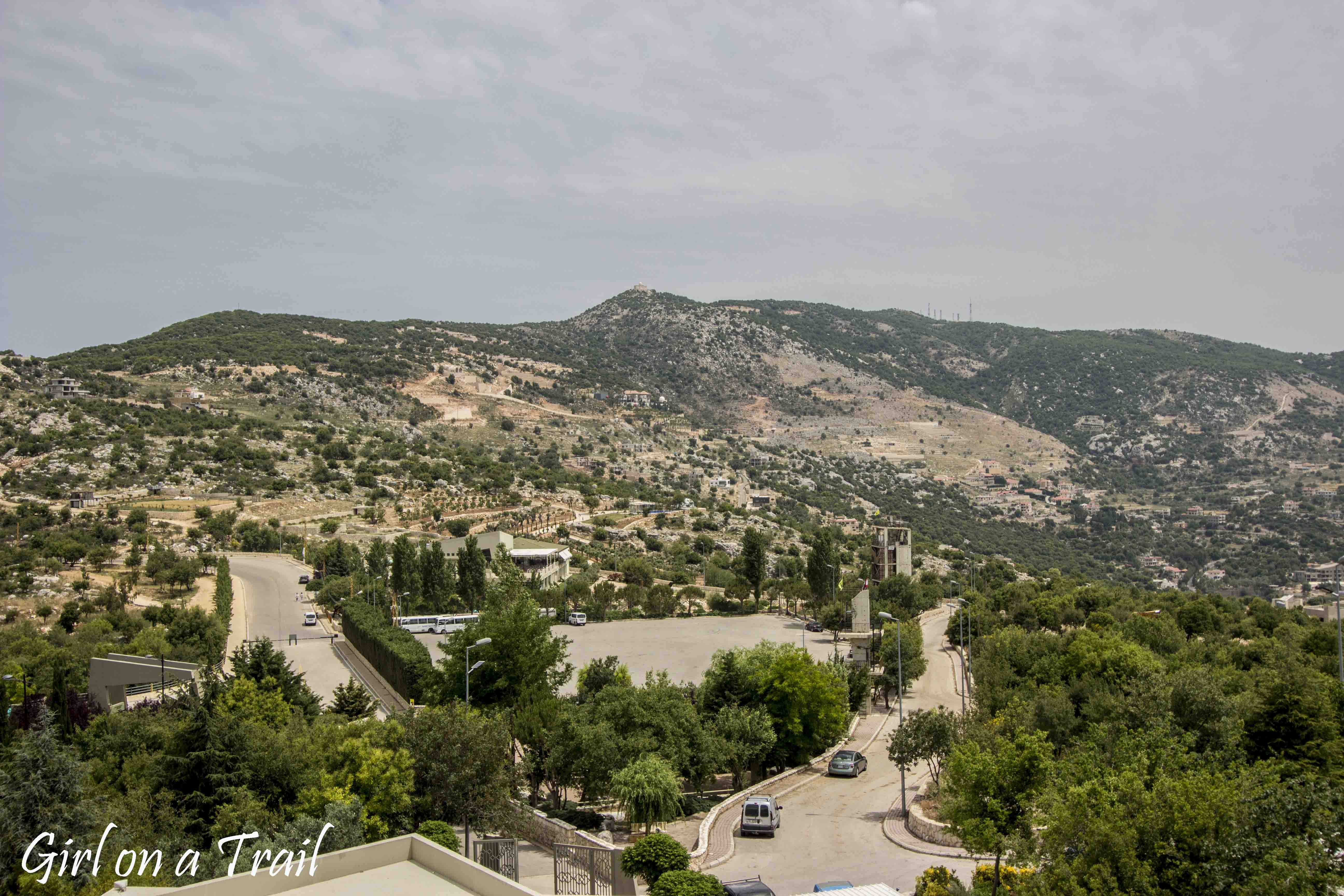
Regardless of political views, Hezbollah’s Disneyland is an interesting point on the map of Lebanon. Particularly interesting is the opportunity to see the Lebanon-Israel conflict from a completely different perspective than the one presented in the media. I think that the opportunity to talk to representatives of Hezbollah and see their role in southern Lebanon allows us to understand the significant role of this group not only in the military, but also in the socio-political context.
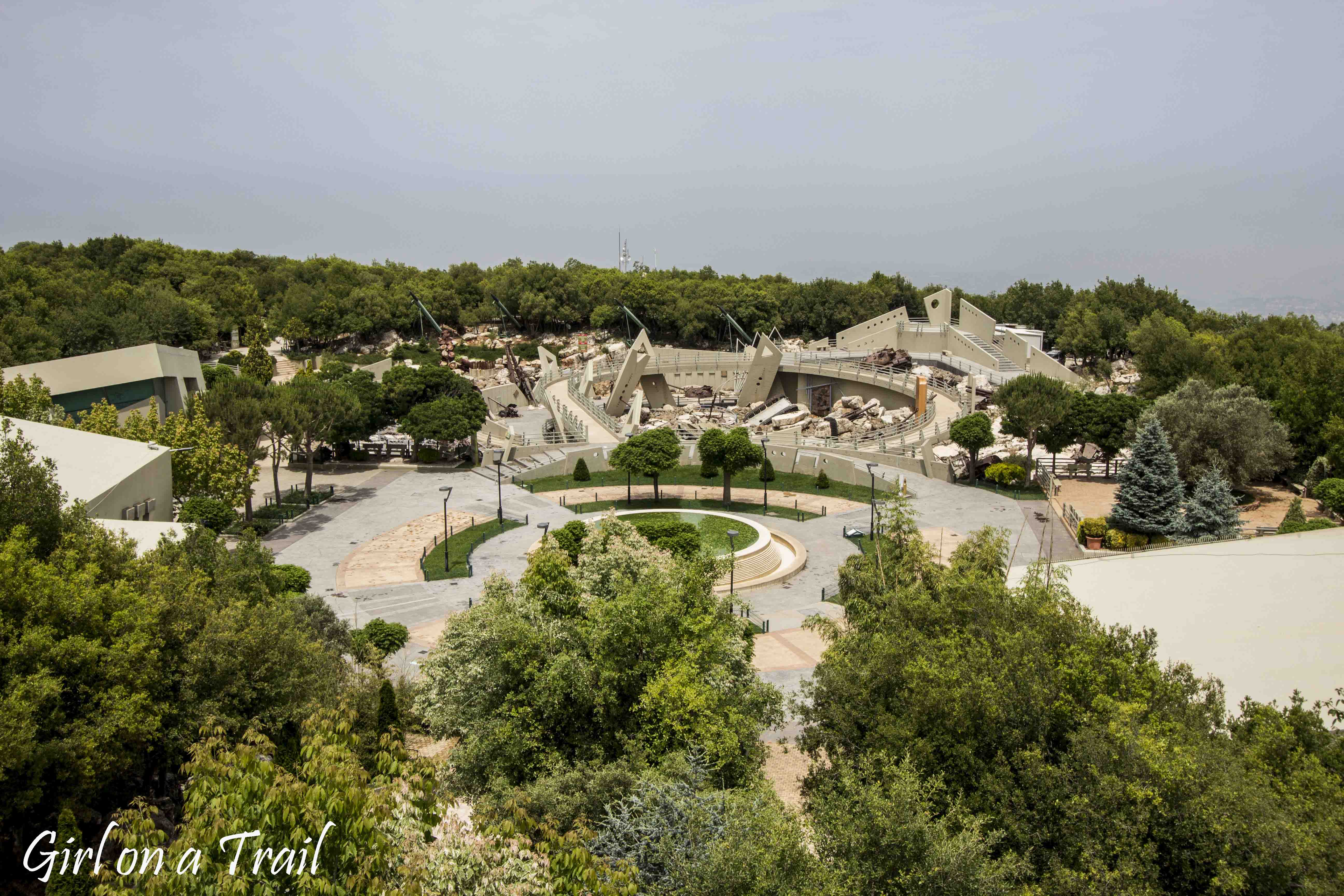
It is not my intention in this post to propagate any ideas related to the activities of Hezbollah or to advocate for any side. I wanted to present a broader context of the functioning of this organization and the reasons why it gained great social support in Lebanon. On the other hand, however, Hezbollah’s activities are largely harmful to Lebanon, as this organization is mainly financed by Iran. Hence, Hezbollah is a kind of tool in the implementation of Iranian policy. Unfortunately, this puts Lebanon in the position of a pawn in the game of the great powers: Iran and Saudi Arabia, in the shadow of which, stand the USA, Russia, China and Turkey. An open conflict seems to be impossible, but maintaining the current state of affairs in Lebanon is a kind of test of strength and seems to be beneficial to all parties, guaranteeing a kind of balance. Unfortunately, all this is at the expense of Lebanese society.

Interested in Lebanon? Find out more here.





